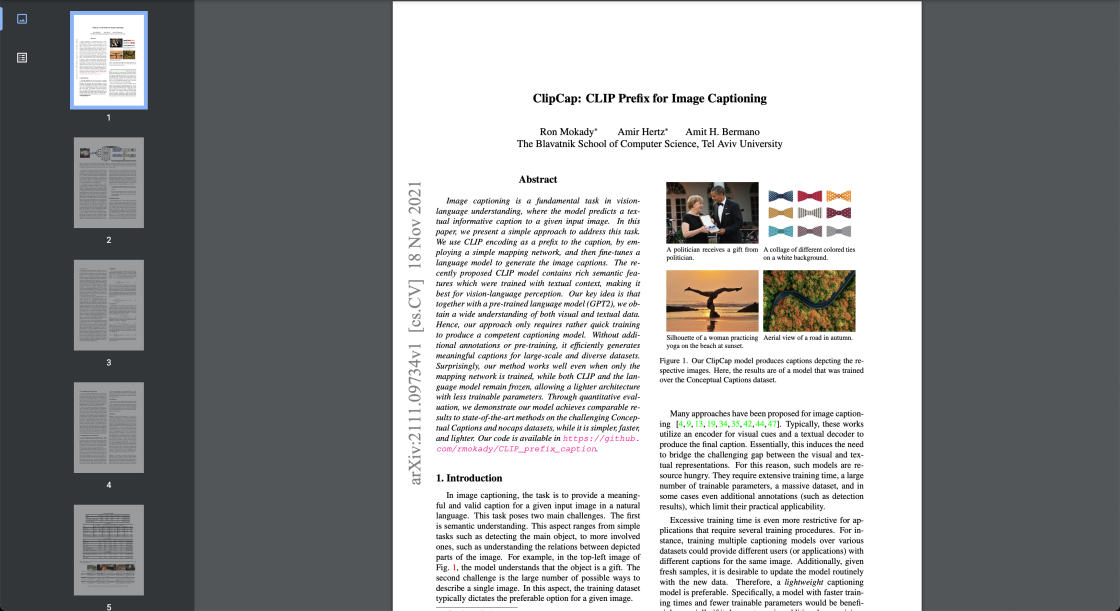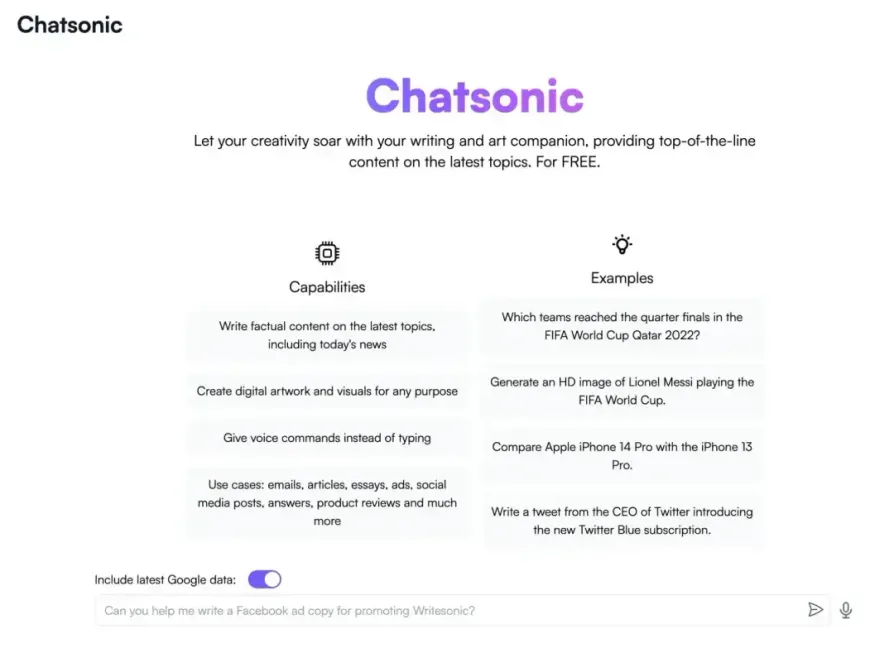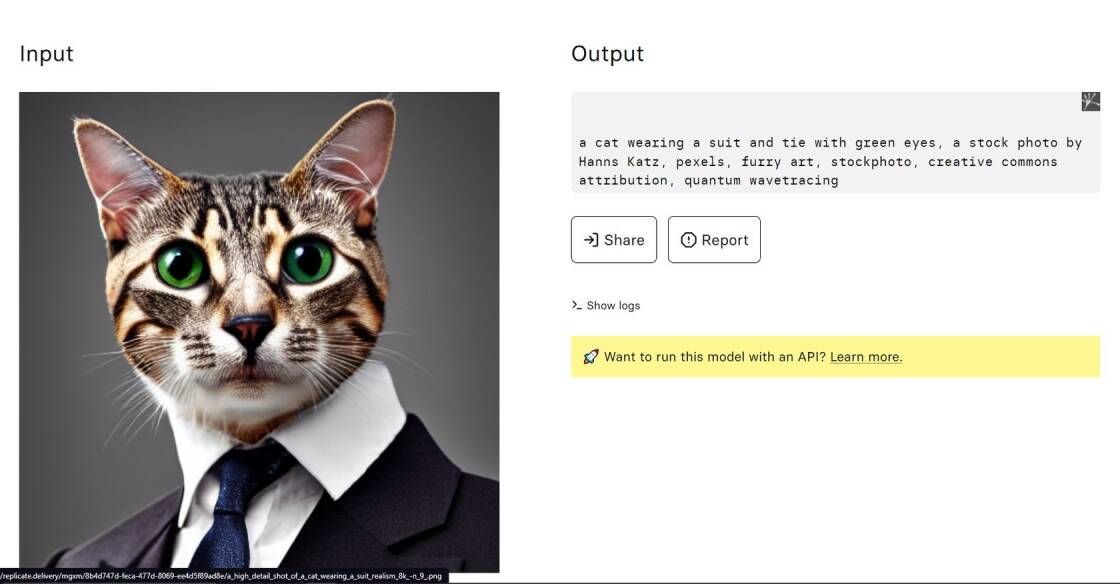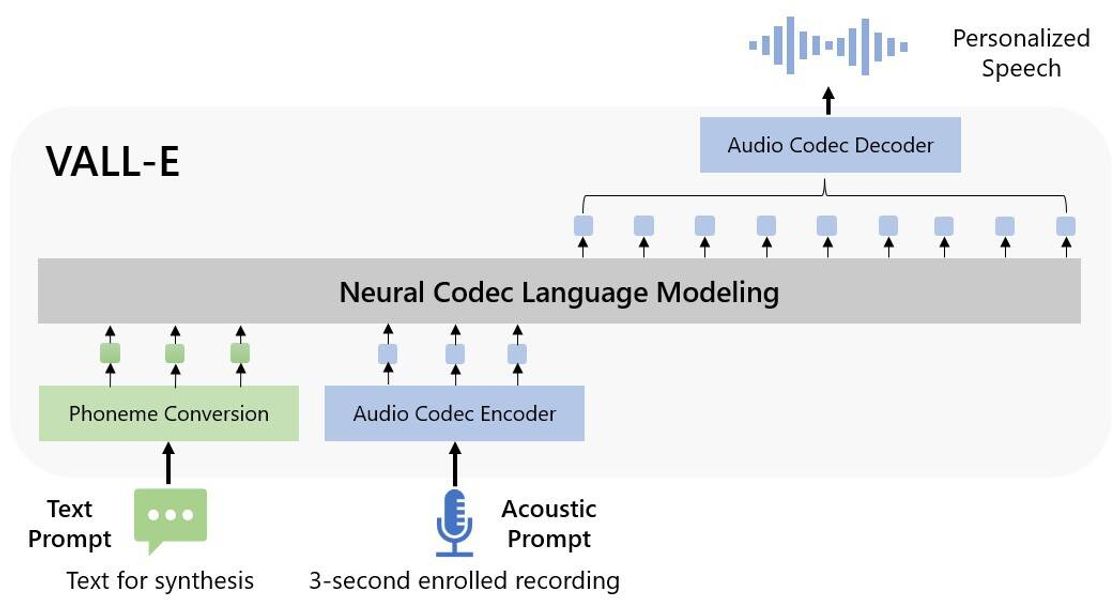

Grit.io is an innovative AI tool designed to tackle the challenge of technical debt in code. By integrating static analysis with advanced machine learning techniques, Grit.io automates the process of identifying and fixing issues within code, thereby reducing the burden of technical debt. This platform generates pull requests that not only clean up the code but also seamlessly migrate it to the latest frameworks. With its ability to streamline and optimize code maintenance, Grit.io offers developers a practical solution to enhance code quality and ensure compatibility with evolving technologies, ultimately improving the overall efficiency of development processes.
Sourcegraph Cody, an AI code assistant, has emerged as a valuable tool for developers seeking assistance in writing code and finding solutions to their coding queries. By harnessing the power of Sourcegraph's code graph and Large Language Models (LLMs), Cody offers a comprehensive aid that propels the development process forward. Developers can rely on its sophisticated algorithms and intelligent suggestions to streamline their coding practices. Cody's ability to understand complex code structures and identify relevant patterns sets it apart as an invaluable asset in the world of software development. Through its seamless integration with Sourcegraph, Cody aims to revolutionize the way developers approach coding challenges and enhance their productivity.
Applitools is a reliable and efficient visual UI testing and monitoring service that helps developers to automate the process of detecting bugs and tracking quality issues in software applications. This tool comes with advanced features such as AI-powered image recognition and visual validation, enabling developers to identify even the smallest changes in the UI design. Applitools provides an intuitive and user-friendly interface for real-time monitoring, making it easier to track and resolve issues before they impact the end-user experience. With Applitools, developers can ensure that their applications are visually perfect and optimized for superior performance.
Coderbuds is an innovative code review tool that leverages AI to streamline the code review process and provide developers with valuable feedback. With its automated code review of pull requests (PRs), Coderbuds identifies potential issues and offers recommendations on how to improve the code. This tool is designed to save time and increase efficiency by eliminating the need for manual code review and allowing developers to focus on other tasks. By utilizing advanced AI technology, Coderbuds is a game-changer in the world of software development, providing developers with a powerful tool to improve their code and accelerate their workflow.
Welcome to Programminghelper, the ultimate coding assistant! Our cutting-edge AI technology allows you to generate code quickly and easily, just by typing a text description. No longer do you have to spend hours trying to write complex code from scratch - the AI will take care of it for you! Try out our program now and see how it can help you save time and energy.
Buildt is an AI-powered search engine that makes it easy to find and modify code. Instead of searching for exactly what the code is, Buildt allows you to search for what the code does. This eliminates the need to understand complex coding languages or manually search through codebases. Once you find the part of the codebase, their AI allows you to make changes simply by describing what you want. With Buildt, you can quickly and easily find and modify code with minimal effort.

Alien Genesys
AI Powered DNA Analysis

GPT-3 Paper
Language Models for AI Research

ClipClap
[2111.09734] ClipCap: CLIP Prefix for Image Captioning

Chatsonic
ChatSonic - A ChatGPT alternative with superpowers

Img2prompt
methexis-inc/img2prompt – Run with an API on Replicate

Remini
Remini - AI Photo Enhancer

VALL-E
Robotics and AI for Manufacturing

Nijijourney
NijiJourney AI for the anime fans. The new niji model is tuned with a fine eye to produce anime and illustrative styles. It has vastly more knowledge of anime, anime styles, and anime aesthetics. It's great at dynamic and action shots, and character-focused compositions in general.
The ever-evolving nature of software development often results in the accumulation of technical debt, which can hinder the progress and efficiency of projects. However, with the advent of AI technology, a powerful tool called Grit.io has emerged to tackle this challenge head-on. Grit.io is an innovative AI tool specifically designed to automate the process of resolving technical debt in code. By seamlessly merging static analysis and machine learning techniques, Grit.io empowers developers to generate pull requests that not only tidy up their code but also migrate it to the most up-to-date frameworks.
One of the key features of Grit.io is its ability to harness the power of static analysis. By thoroughly examining codebases, it identifies areas that require improvement and optimization, allowing developers to address technical debt efficiently. Additionally, Grit.io goes beyond traditional static analysis by leveraging cutting-edge machine learning techniques. It learns from patterns observed in vast amounts of code to recommend highly effective solutions for improving code quality and eliminating technical debt.
The overarching goal of Grit.io is to enhance the productivity and stability of software development projects. By automating the arduous and time-consuming process of fixing technical debt, Grit.io enables developers to focus on more critical aspects of their work. It not only saves valuable time but also ensures that code remains clean, maintainable, and compatible with the latest frameworks. With Grit.io, developers can bid farewell to manual code cleanup and welcome a more streamlined and efficient development workflow.
Grit.io is an AI tool that automates the process of fixing technical debt in code.
Grit.io combines static analysis with machine learning techniques to generate pull requests that clean up code and migrate it to the latest frameworks.
Technical debt refers to the accumulation of issues, bugs, or inefficient code that arises when shortcuts are taken during the software development process.
Grit.io analyzes the codebase without executing the program, identifying potential issues, vulnerabilities, or areas for improvement.
Yes, Grit.io supports multiple programming languages, making it versatile and applicable to a wide range of projects.
A pull request generated by Grit.io includes suggested changes and improvements to clean up the code, resolve issues, and integrate with the latest frameworks.
Yes, Grit.io can be customized to adhere to specific coding standards, preferences, and project requirements.
Yes, Grit.io uses machine learning techniques to suggest and apply necessary changes to migrate the code to the latest frameworks seamlessly.
Grit.io has proven to be highly effective in reducing technical debt by automating the process and providing reliable suggestions for code improvement.
Yes, Grit.io is designed to handle both small and large-scale projects, making it an ideal choice for teams and organizations of all sizes.
| Competitor | Description | Difference |
|---|---|---|
| SonarQube | SonarQube is an open-source platform that performs automatic reviews of code to detect bugs, vulnerabilities, and code smells in more than 25 languages. It provides detailed reports on code quality and security. | While Grit.io focuses on automating the process of fixing technical debt, SonarQube's primary focus is on code quality and security analysis. SonarQube offers a wide range of features for code review and analysis, including detecting bugs, vulnerabilities, and code smells. It also supports a larger number of programming languages compared to Grit.io. |
| CodeClimate | CodeClimate is a cloud-based platform that analyzes code quality and provides insights through static code analysis. It helps developers identify potential issues, refactor code, and improve overall code quality. | Similar to Grit.io, CodeClimate offers static code analysis to identify and address code quality issues. However, CodeClimate does not specifically target technical debt cleanup or migration to the latest frameworks. It focuses more on general code quality improvement and identifying potential issues. |
| BetterCodeHub | BetterCodeHub is an automated code review tool that evaluates codebase against a set of ten guidelines derived from the book "Building Maintainable Software" by Joost Visser. | BetterCodeHub mainly focuses on evaluating codebase against specific guidelines for building maintainable software. It offers insights and suggestions for improving code maintainability. Unlike Grit.io, it does not have specific features for fixing technical debt or migrating to the latest frameworks. |
| DeepCode | DeepCode is an AI-powered code review tool that uses machine learning techniques to analyze code and provide suggestions for improving code quality. | Like Grit.io, DeepCode utilizes AI and machine learning to analyze code and provide suggestions for improving code quality. However, DeepCode does not have specific features for fixing technical debt or migrating code to the latest frameworks. It mainly focuses on identifying code issues and suggesting improvements. |
| CodeClimate.com | CodeClimate.com is a platform that helps developers evaluate code quality, identify bottlenecks, and make code changes with confidence. | CodeClimate.com offers code quality evaluation and provides insights and suggestions based on static code analysis. It does not specifically target technical debt cleanup or migration to the latest frameworks, but rather focuses on general code quality improvement. |
| ESLint | ESLint is a popular open-source JavaScript linter that helps detect and fix potential problems in JavaScript code. | While ESLint primarily focuses on detecting and fixing issues in JavaScript code, it does not provide automated suggestions for fixing technical debt or migrating to the latest frameworks like Grit.io does. ESLint is limited to JavaScript analysis and does not cover other languages like Grit.io does. |
Grit.io is an innovative AI tool designed to streamline the resolution of technical debt in code, offering a comprehensive solution for developers. By leveraging a combination of static analysis and machine learning techniques, Grit.io automates the process of identifying areas of code that require improvement or updating.
Through its intelligent algorithms, Grit.io generates pull requests that propose necessary changes to clean up code and migrate it to the latest frameworks. This enables developers to address technical debt efficiently, saving valuable time and resources that can be better utilized for other critical tasks.
With Grit.io, developers gain access to an advanced solution that not only identifies technical debt but also provides actionable suggestions for improvement. By leveraging machine learning, Grit.io continuously learns and adapts to the unique coding patterns and requirements of a project, ensuring accurate and effective suggestions for code optimization.
Moreover, Grit.io empowers developers by automating the tedious and time-consuming process of addressing technical debt. By generating pull requests, it simplifies the implementation of code changes, allowing developers to focus on more critical aspects of their work.
By embracing Grit.io, development teams can significantly enhance the quality and maintainability of their codebase. The tool's ability to automate the identification and resolution of technical debt ensures that projects remain up-to-date with the latest frameworks, reducing the risk of compatibility issues and improving overall code reliability.
In summary, Grit.io offers an indispensable solution for developers to effectively manage and eliminate technical debt in their code. Through its integration of static analysis and machine learning, this AI-powered tool streamlines the process of fixing code issues, enabling developers to create cleaner, more efficient, and future-proof codebases.
TOP